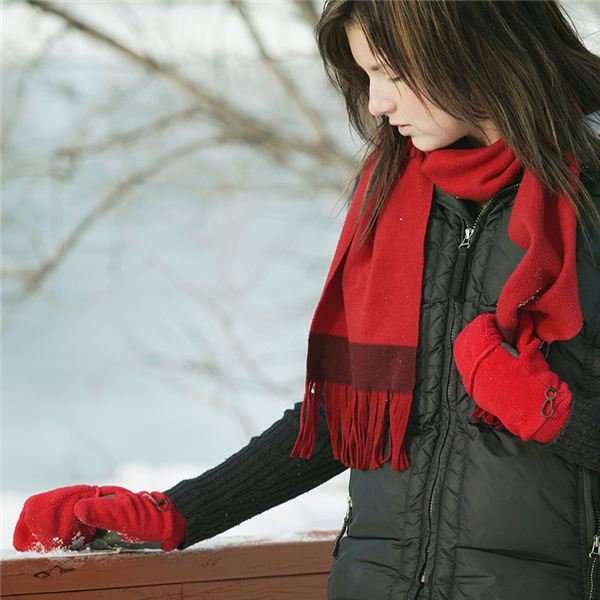Seasonal Affective Disorder (SAD): More Than Just the Winter Blues
Oh, well, you chalk it up to getting up on the wrong side of the bed. However, it might be something more.
Seasonal Affective Disorder
Seasonal Affective Disorder, or SAD, is an actual type of depression. Once referred to as the winter blues, physicians and psychologists now recognize the symptoms.
Much like any type of depression, symptoms include feeling sad, grumpy, moody, or anxious. One can lose interest in normal activities. Added to these symptoms is the craving for carbohydrates like bread and pasta and the desire to sleep more during the day.
The key to diagnosing SAD is that a person is depressed during the same season and has gotten relief when the seasons change for at least two years in a row. Most individuals with SAD have a relative with the same condition.
What is it about the winter? Is it the cold weather? Is it the dreary blanket of grey clouds? Scientists feel the issue is not the weather itself, but the decrease in daylight that comes with the season.
In fact, the incidence of SAD increases as you head north. The decrease in daylight affects the body’s circadian rhythm – that part of our brain that tells us when to sleep and when to get up. In addition to the disruption of the sleep-wake cycle, the decrease in sunlight causes an increase in melatonin, the sleep-related hormone, and a decrease in serotonin, which can cause depression.
Not Just the Winter Blues…
Are we only affected by the lack of sunlight in the winter? No, studies show the hotter it is outside, the more aggressive some people become. Some people become grouchy with the increase in temperature, which can cause them to look for someone to blame because they are upset, which can increase violent and non-violent crime. At least, that is one theory. Scientists are not sure about the reason for the correlation between aggression and temperature.
What are some treatment options for those affected by SAD? The first line of defense is light therapy. Light boxes are available for use and physicians typically prescribe that individuals sit in front of a light box for half an hour or longer in the morning. This therapy is used daily until the season changes. Beyond light therapy, psychotherapy and antidepressants are used for treatment of SAD. Additionally, getting plenty of exercise and eating well are helpful.
Don’t put off your depression as “winter blues.” SAD is a real phenomenon and can be treated. If you feel you are having symptoms of SAD, please visit a medical professional.
References
- Loewen, Stanley C., 2014, “Effects of Weather on Human Emotions,” www.healthguidance.org/entry/15843/1/Effects-of-Weather-on-Human-Emotions.html, January 30, 2014
- Gaynor, Rachelle; October 8, 2013, “Does Rainy Weather Really Affect Your Brain, Mood?” www.accuweather.com/en/weather-news/fall-weather-brings-risk-of-de/18331198, January 30, 2014
- Mayo Clinic Staff; September 22, 2011, www.mayoclinic.org/diseases-conditions/seasonal-affective-disorder/basics/definition/con-20021047, January 30, 2014
- American Psychiatric Association; 2006, www.psychiatry.org/seasonal-affective-disorder, January 30, 2014
- Anderson, Craig A.; January 18, 1987, “Temperature and Aggression: Effects on Quarterly, Yearly, and City Rates of Violent and Nonviolent Crime,” http://www.psychology.iastate.edu/faculty/caa/abstracts/1985-1989/87A.PDF, January 30, 2014
- Image Credit: PhotoSpin
